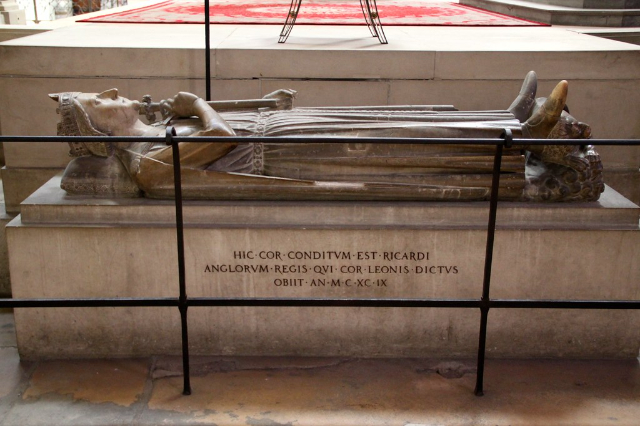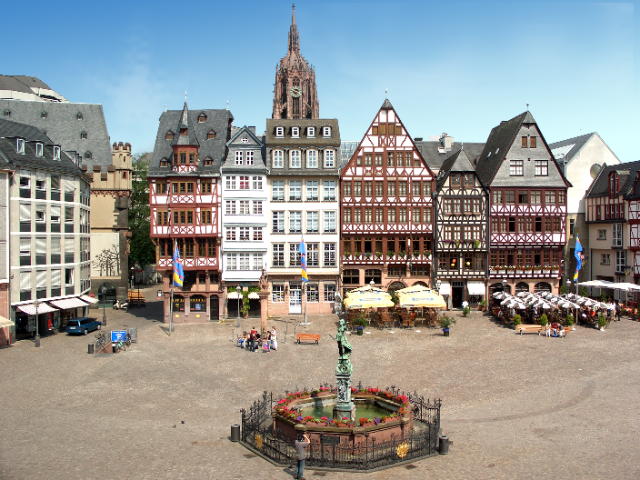Rouen, a historic city in Normandy, France, is known for its rich heritage and significant historical events. Among its intriguing historical artifacts is the embalmed heart of King Richard I, famously known as Richard the Lionheart.
Richard I was a renowned medieval English king who ruled from 1189 to 1199. He earned his epithet “Lionheart” due to his valor and prowess in battle. After his death in 1199, his body was buried at the Fontevraud Abbey in France, while his heart was embalmed and placed in a separate location.
The embalmed heart of King Richard I was originally interred within the church of Notre-Dame-du-Pré in Rouen. However, the church was destroyed during the French Revolution, and the whereabouts of the heart became uncertain.
In 1838, during the restoration of the church, an ornate lead box was discovered, believed to contain the embalmed heart of Richard I. The box was subsequently transferred to the Musée des Antiquités in Rouen, where it is displayed as a significant historical artifact.
Today, visitors to Rouen can visit the Musée des Antiquités and view the lead box believed to contain the embalmed heart of Richard I. The museum also houses a collection of archaeological artifacts and artworks, providing a deeper understanding of the region’s history and cultural heritage.
The separate entombment of Richard I’s heart symbolizes the medieval belief in dividing the body for burial, with different parts placed in various locations of significance. While the heart itself holds historical and symbolic value, it also represents the enduring legacy and mythos surrounding King Richard I.
Rouen itself is a city steeped in history, with notable landmarks such as the Rouen Cathedral and the Gros-Horloge, a medieval astronomical clock. The city’s charming streets, historic architecture, and vibrant culture make it an attractive destination for history enthusiasts and travelers alike.
The embalmed heart of King Richard I in Rouen serves as a testament to the historical significance and legends surrounding this iconic medieval figure. Its presence in the Musée des Antiquités invites visitors to explore the captivating history of the region and reflect on the enduring legacy of one of England’s most legendary kings.













